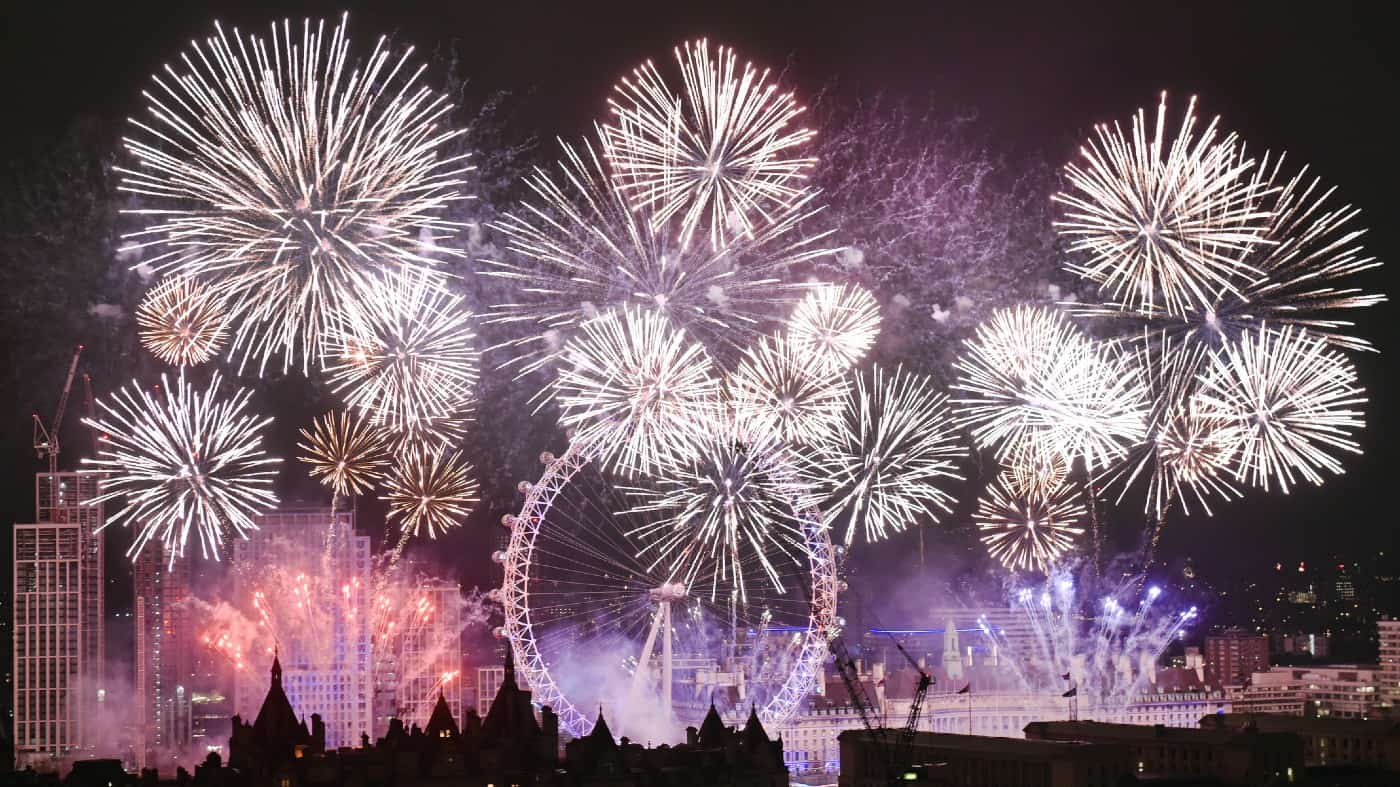The Pareto Principle informs the belief that 20% of the holdings in a Stocks and Shares ISA are responsible for 80% of the portfolio’s growth.
Here at The Motley Fool, we like to let our winners run! Below, a selection of our free-site contractors share their most-celebrated positions that are underpinning that 80/20 rule of investing.
Ashtead Group
What it does: Ashtead Group provides rental equipment to a multitude of sectors in the US, Canada and the UK.
Should you invest £1,000 in Abcam Plc right now?
When investing expert Mark Rogers has a stock tip, it can pay to listen. After all, the flagship Motley Fool Share Advisor newsletter he has run for nearly a decade has provided thousands of paying members with top stock recommendations from the UK and US markets. And right now, Mark thinks there are 6 standout stocks that investors should consider buying. Want to see if Abcam Plc made the list?
By Royston Wild. I bought rental equipment giant Ashtead Group (LSE:AHT) for my ISA in autumn 2019. And I used share price weakness last summer to increase my holdings.
The FTSE 100 firm’s blowout performance during the 2010s encouraged me to open a position (it was the FTSE 350’s best-performing share that decade). And it’s proved to be my greatest buy yet.
My Ashtead shares have so far provided a return north of 82%. This is thanks to the company’s acquisition-led growth strategy, which has allowed it to thrive even in tough conditions. Latest results showed revenues and pre-tax profits up 23% and 29% respectively between November and January.
Acquisitions can carry unwanted surprises that erode shareholder value. But the firm’s solid track record helps soothe (if not totally eliminate) any fears I have on this front.
The fragmented nature of the North American rentals market leaves plenty more scope for Ashtead to grow through acquisitions, too. And I’m confident it could deliver explosive earnings as its market recover.
Royston Wild owns shares in Ashtead Group.
Berkshire Hathaway
What it does: Warren Buffett’s company is a conglomerate. Its main operations are in insurance, railroads, and utilities.
By Stephen Wright. As of right now, the best-performing stock in my Stocks and Shares ISA is Berkshire Hathaway (NYSE:BRK.A)(NYSE:BRK.B). As far as I can tell, there are two reasons for this.
The first is that it’s a really good company. It generates cash through a well-run insurance operation and invests it intelligently in places that generate good returns.
The second is that I’ve managed to avoid selling it. With other stocks, I’ve offloaded them at times when I thought they were overpriced, but with Berkshire I’ve held on for the long term.
Going forward, the biggest risk is that the company’s size means it won’t be able to grow at the rate it has before. This is something that CEO Warren Buffett is up-front about.
I accept that as a limitation, but I think Berkshire’s size also brings opportunities. It means it can do deals on a much bigger scale than less well-capitalized companies.
Stephen Wright owns shares in Berkshire Hathaway.
Rolls-Royce Holdings
What it does: Rolls-Royce designs, develops and manufactures aircraft and helicopter engines, combat jet engines, large commercial aircraft, unmanned aerial vehicle engines, and nuclear reactors.
By Harvey Jones. I was pretty confident I had chosen a good time to finally buy Rolls-Royce (LSE: RR) shares when I took the plunge on 1 November last year.
The stock had been a disaster zone for years, losing three quarters of its value as repeated profit warnings, a bribery scandal and the pandemic took their toll.
I decided things had gone far enough, and with Covid lockdowns easing and people starting to fly again, aircraft engine maker Rolls-Royce might just take wings.
Also, I thought it was a good time to buy shares generally, with the FTSE 100 dipping in mid-October.
Over three busy weeks I bought Persimmon, Rio Tinto and Lloyds Banking Group, but Rolls-Royce is the clear winner. up 84% since then at the time of writing.
I’m expecting the shares to idle for a bit while investors wait to see whether new CEO Tufan Erginbilgic can break new ground.
This arguably remains a risky stock to buy, however. Rolls-Royce has high fixed costs and the return on its capital expenditure is measured in decades, with most of its revenues coming from the long-term maintenance contracts sold alongside its engines. As we saw during the pandemic, that leaves it particularly vulnerable during spells of short-term turbulence.
The company has been working down its debt, but it’s still on the high side at £3.3bn and requires further attention.
Rolls-Royce has a long way to go, but with a fair wind the worst may now be over. I’ve enjoyed the growth. Maybe one day I’ll get some dividends, too.
Harvey Jones has positions in Lloyds, Persimmon, Rio Tinto, and Rolls-Royce.
Tesla
What it does: Tesla designs and sells electric vehicles, energy systems, and software systems internationally.
By Gordon Best. Tesla (NASDAQ:TSLA) has long been a favourite of the market. However, in the last year, many factors have weighed on the performance of the stock, including wider economic uncertainty, supply chain disruptions, and a range of Tesla specific issues.
CEO Elon Musk’s Twitter acquisition, growing competition, and demand concerns have sparked volatility in recent months.
However, in the last month, the share price has climbed over 30% following strong delivery numbers, as a new CEO for Twitter was appointed, and as Elon Musk met with Chinese officials to discuss a range of topics. Recent excitement in AI also presents a tremendous opportunity, as Tesla’s AI capabilities may be underestimated.
However, the future remains unclear. Geopolitical tensions between the US and China, controversy surrounding Elon Musk, and recession fears may cause investors to retreat. Tesla’s performance will continue to be driven by how well factories scale, and how self-driving technology evolves.
Gordon Best own shares in Tesla.








